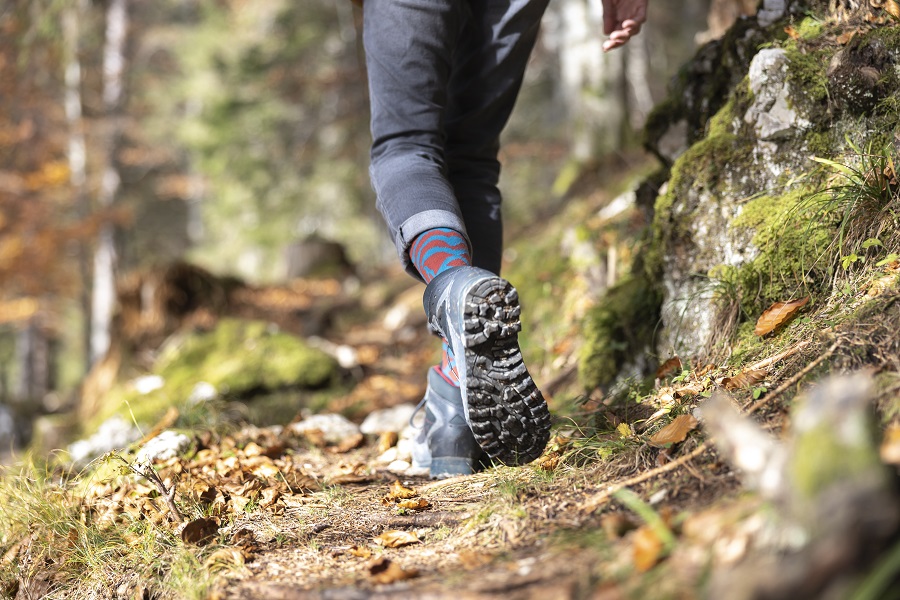Avoiding ticks and the diseases they carry
Minnesota continues to see an increase in the number of tick-borne illnesses.
Black-legged ticks, commonly known as deer ticks, can carry and spread diseases — like Lyme disease — by biting people or animals. The other common tick in Minnesota, the wood or dog tick, does not transit Lyme disease — but can carry other diseases. And it can be difficult to tell the two ticks apart, especially when one becomes engorged.
Lyme disease presents with many symptoms including fever, joint pain, muscle aches and extreme fatigue. It is usually treated with antibiotics. View more Lyme disease information from the Minnesota Department of Health.
It’s important to note that not all deer ticks are infected with the Lyme disease bacteria. And the tick must be attached to someone for 24 to 48 hours to transmit the bacteria. But the longer the tick is attached, the longer your chance of getting Lyme disease — so early detection is important.
With that in mind, here are some tips to limit your exposure to ticks and how to prevent getting the illnesses they carry.
- Decrease your risk of exposure. Ticks live in woodsy, brushy or grassy areas. They don’t jump or fly, so you’ll typically come in contact with them if you brush up against them. If you can help it, avoid walking through low-lying shrubs and vegetation where you are more likely to come in contact with ticks.
- Dress for protection. Wear light-colored clothing so that ticks are more easily spotted. Wear a hat, long sleeves, pants, socks and shoes. Tuck your pants into your socks.
- Use a good tick repellent. This includes DEET-based products. Permethrin also can be applied to your clothes — but do not apply it on your skin.
- Do regular tick checks of all family members and pets. Before entering your house do a careful check for ticks. Keep a sticky, tape lint roller handy and take a quick roll of your clothes and outdoor gear to catch any loose ticks. Carefully look at pets as they too can carry ticks into the house.
- Wash your clothes and dry them on high heat to kill any loosened ticks that might remain. Take a shower or bath as soon as possible to wash away loose ticks from your body.
- Most importantly, perform a full-body tick check. Don’t forget the following areas: behind the knees, between the legs, under the arms, around the waist, inside the belly button, in and around the ears and especially the hair and neckline.
If you do find a tick, carefully remove it as soon as possible. Learn how to safely remove ticks from the following video from the Minnesota Department of Health.
Contact your health care provider if following the tick removal, you later experience a fever, joint pain, flu-like symptoms or have a rash.
